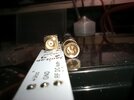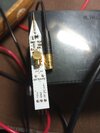If you have issues getting your >20mv scope to trigger on <20mv signals, or the 1x probe loads down the circuit causing random inaccurate readings/stalling, check this out.
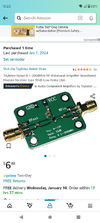
I saw a video on YT about this device, using it as a RF preamp and as an amp for your probes. The gain is variable, depending on voltage applied from about 3v to 12v. I know it says 9-12v but it does work at 3v with reduced gain. It comes with sma connectors so you can use bnc adapters if needed, I chose to replace them with bnc instead.
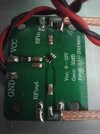
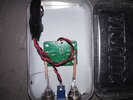
And install into the Altoids tin.
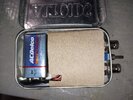
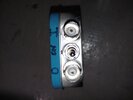
I don't have any hard specs but now I can read <20mv signals on the FC with a 10x probe and no bouncing. I could add a variable voltage regulator for adjustable gain, and I may do that someday, but the straight 9v offers plenty of gain for anything I need at the moment.
I wish I had known this years ago.
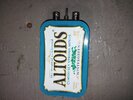
73s
Greg

I saw a video on YT about this device, using it as a RF preamp and as an amp for your probes. The gain is variable, depending on voltage applied from about 3v to 12v. I know it says 9-12v but it does work at 3v with reduced gain. It comes with sma connectors so you can use bnc adapters if needed, I chose to replace them with bnc instead.


And install into the Altoids tin.


I don't have any hard specs but now I can read <20mv signals on the FC with a 10x probe and no bouncing. I could add a variable voltage regulator for adjustable gain, and I may do that someday, but the straight 9v offers plenty of gain for anything I need at the moment.
I wish I had known this years ago.

73s
Greg



